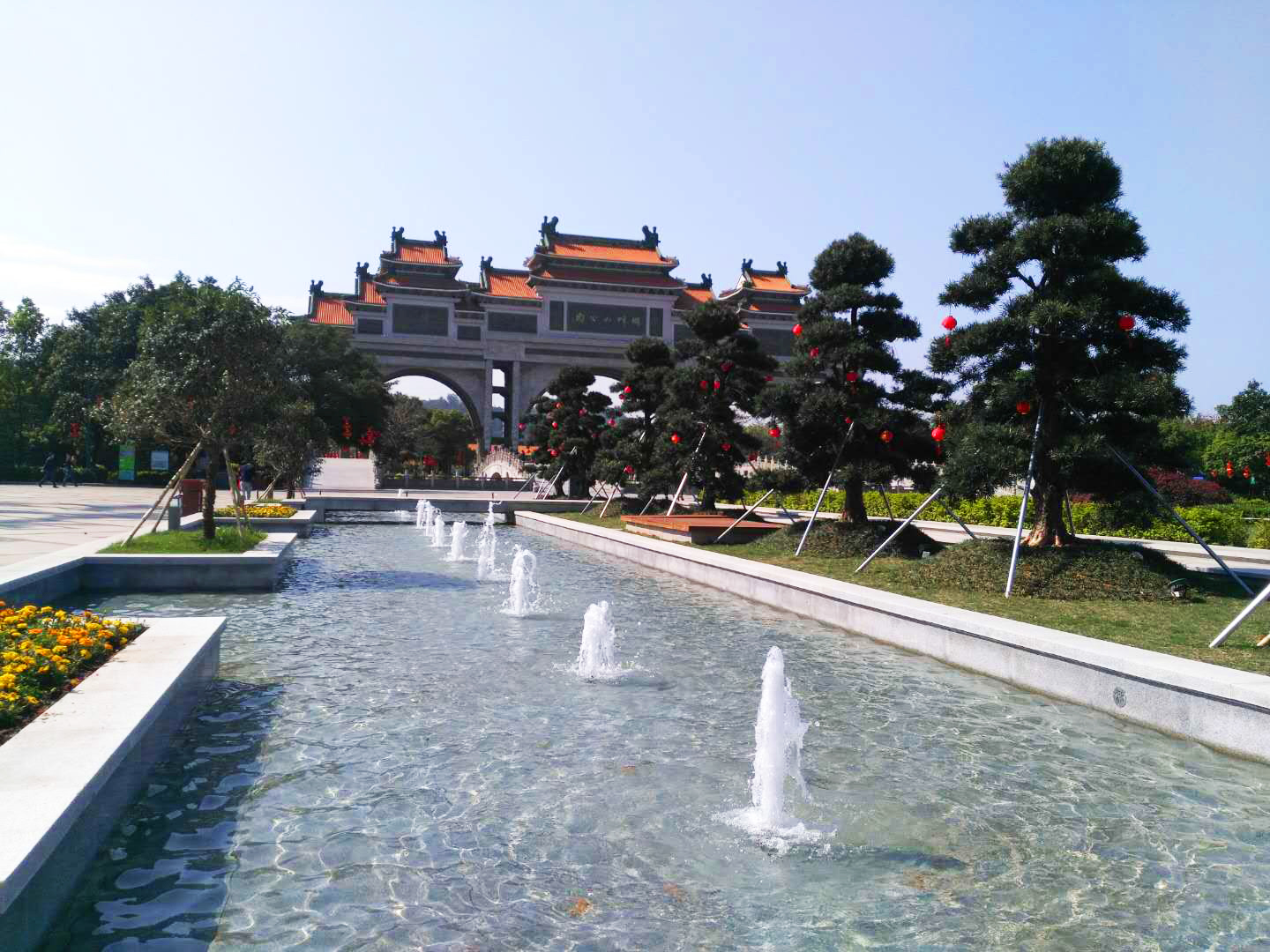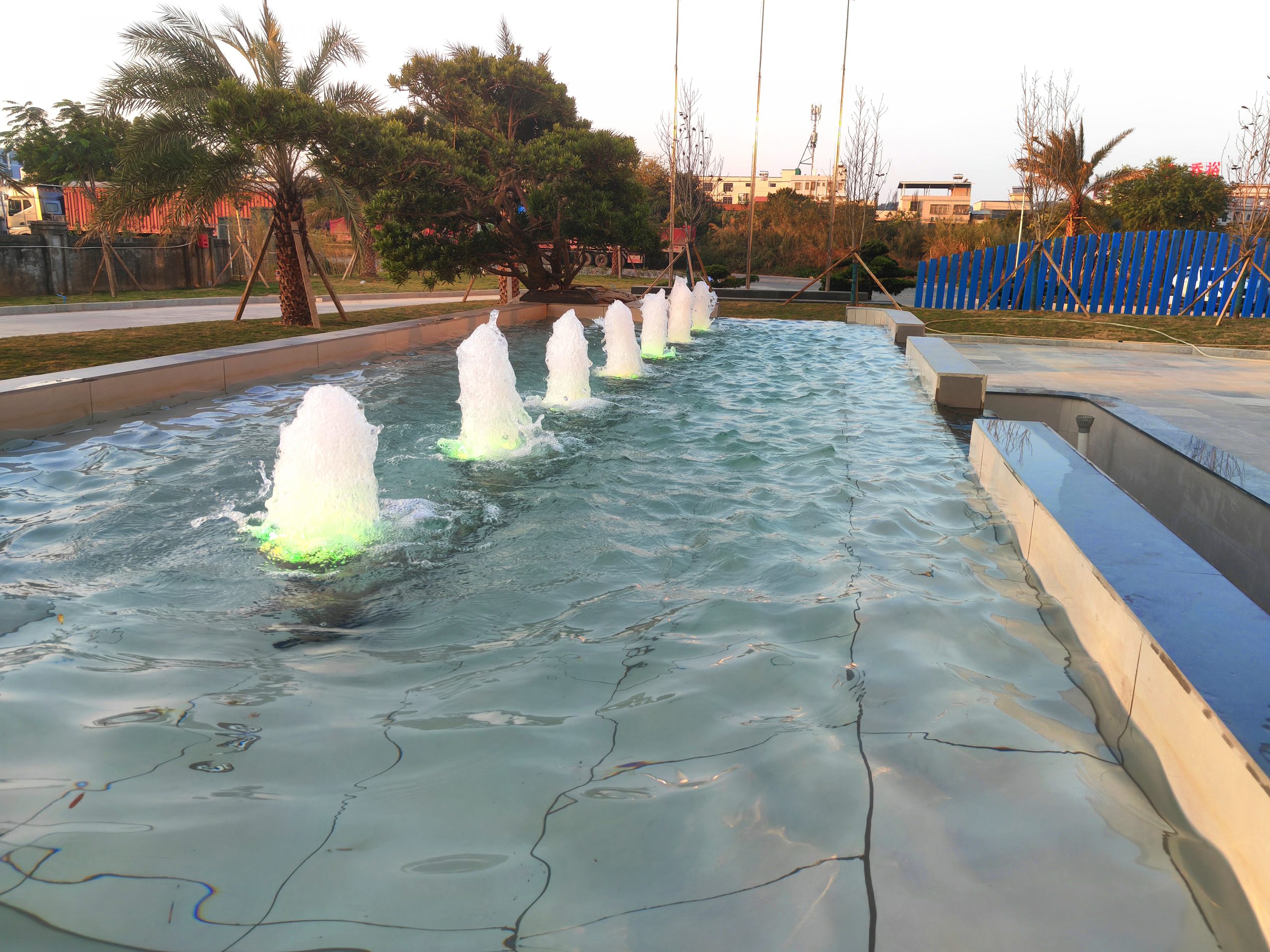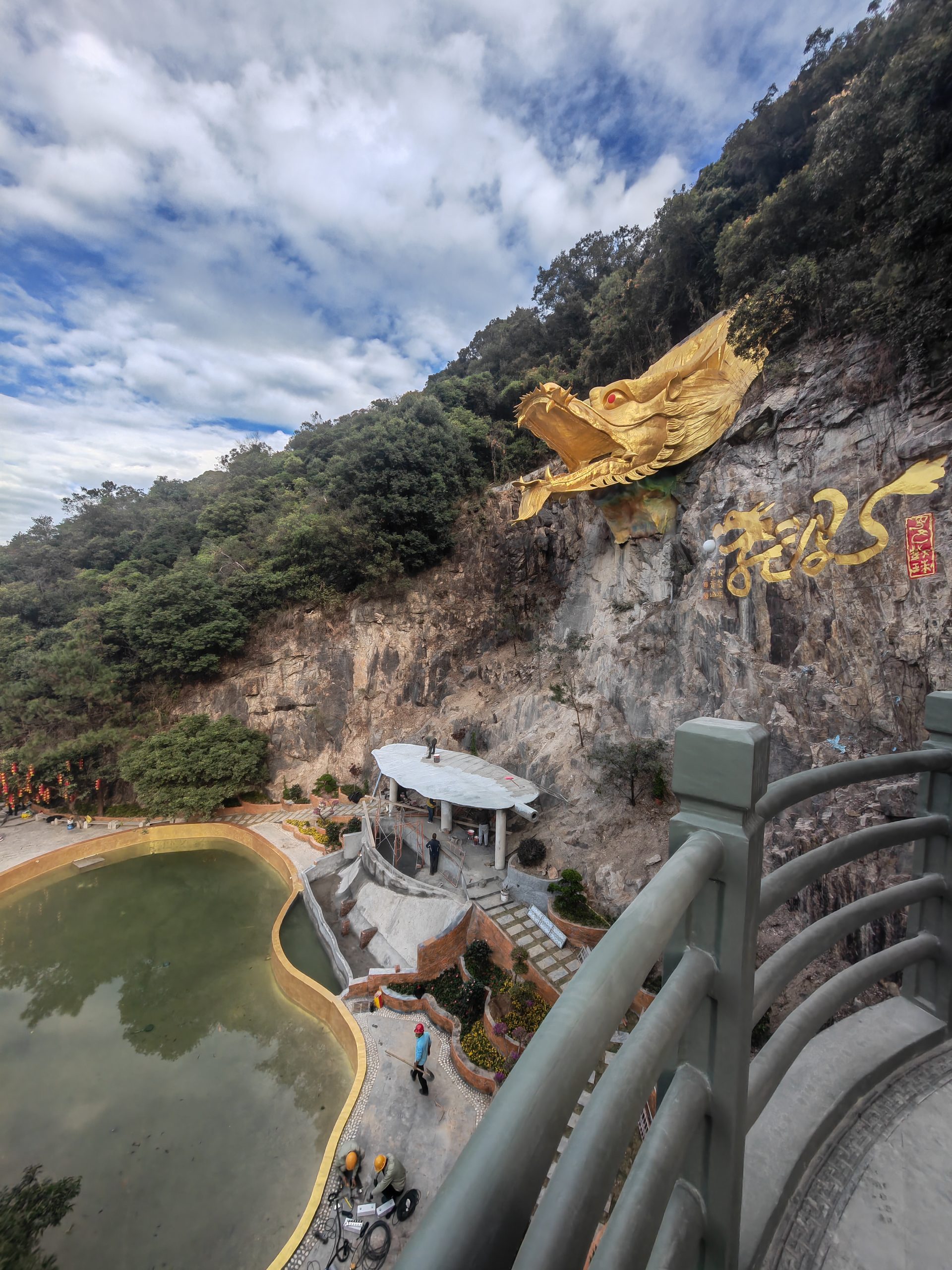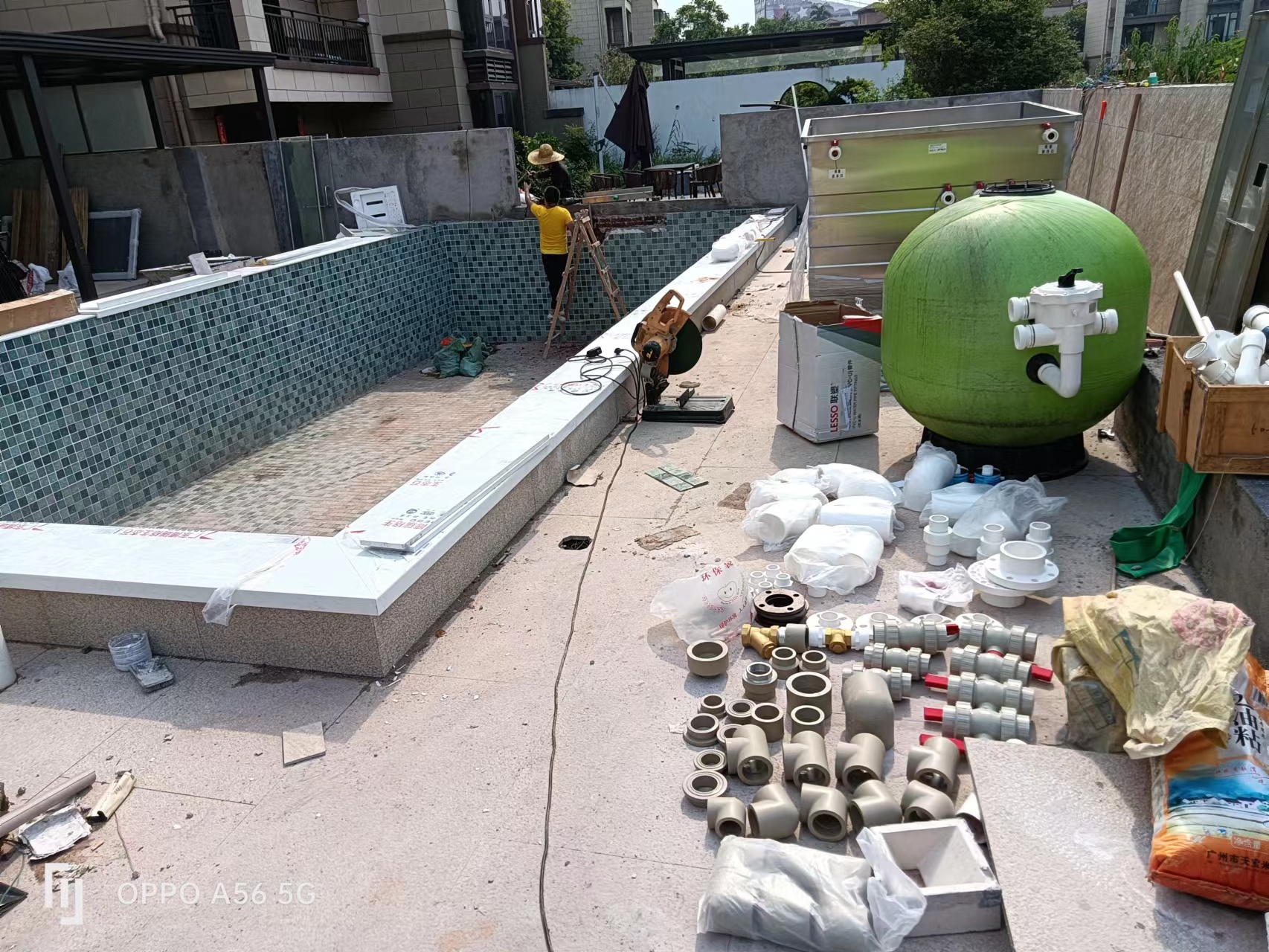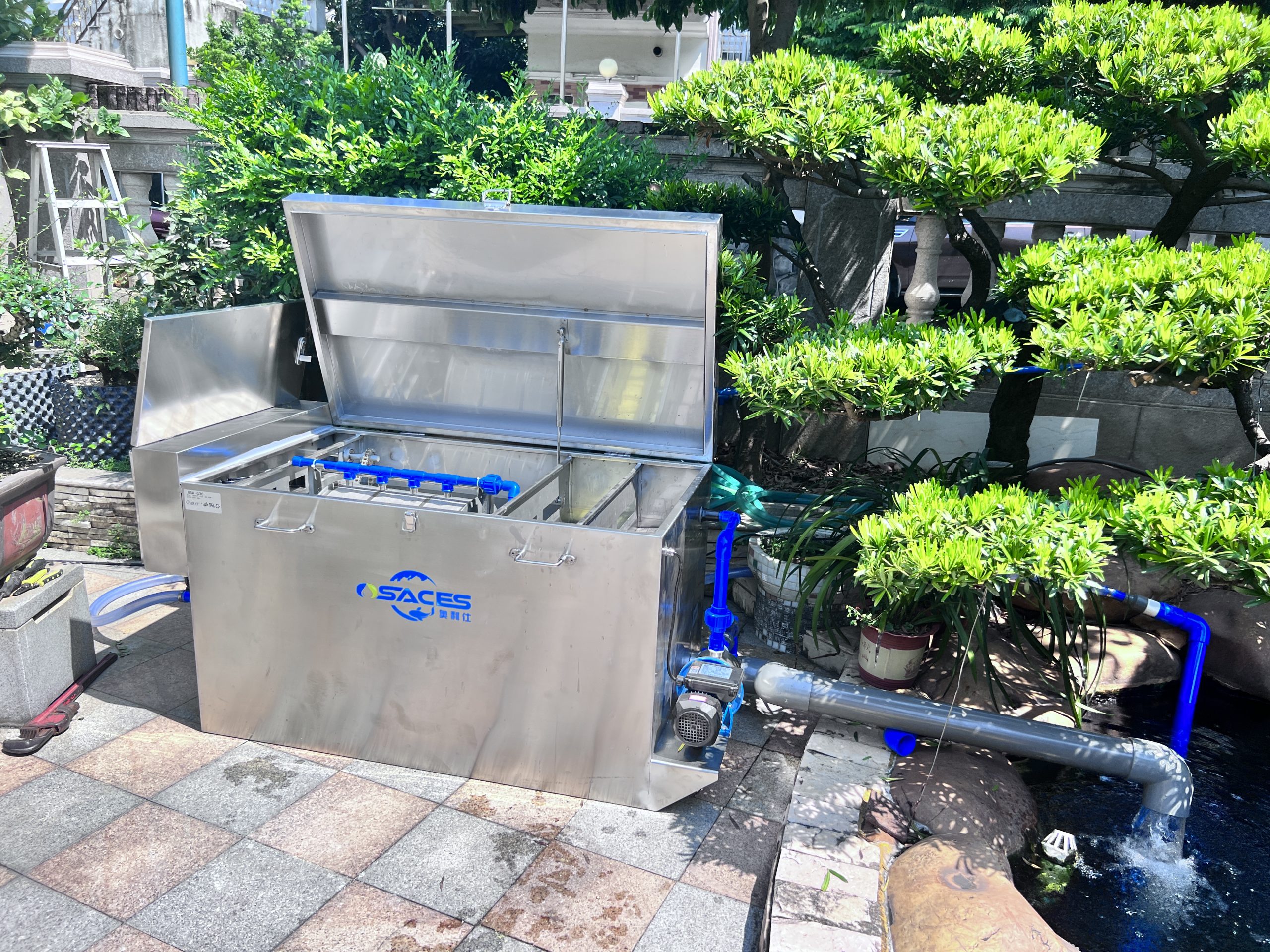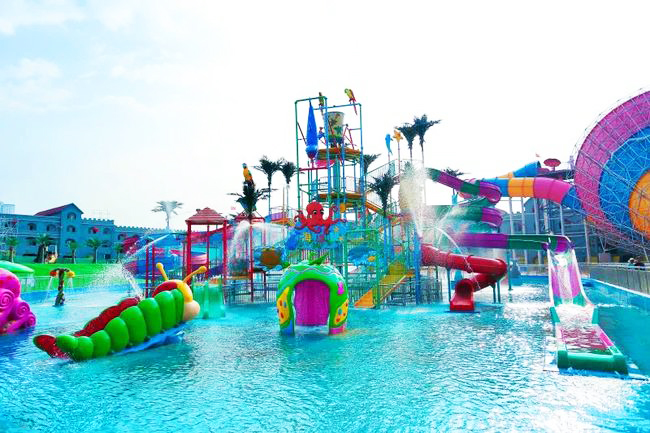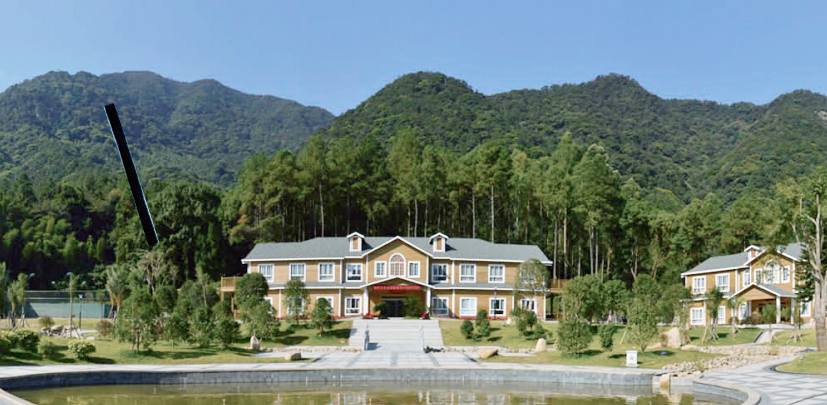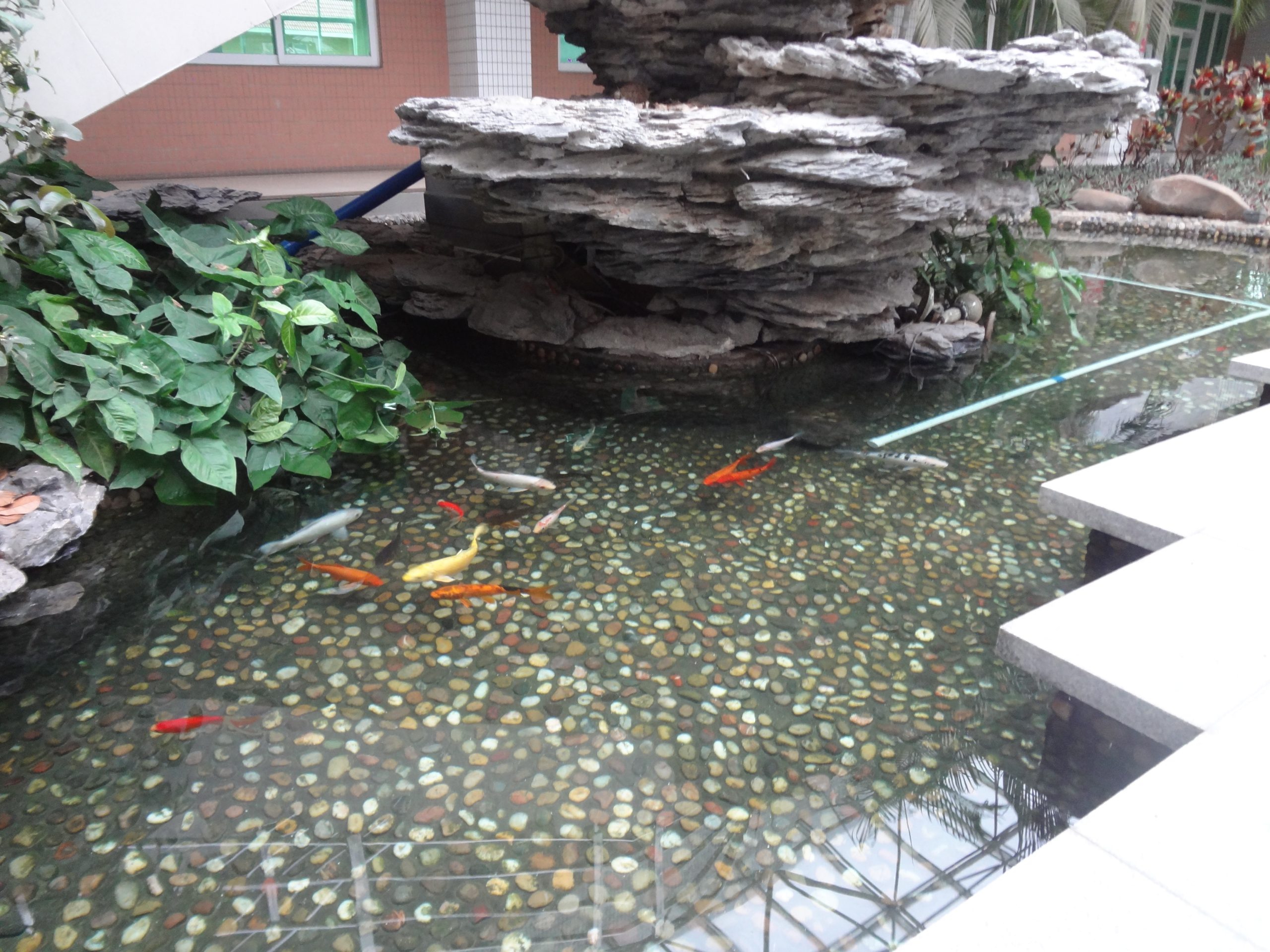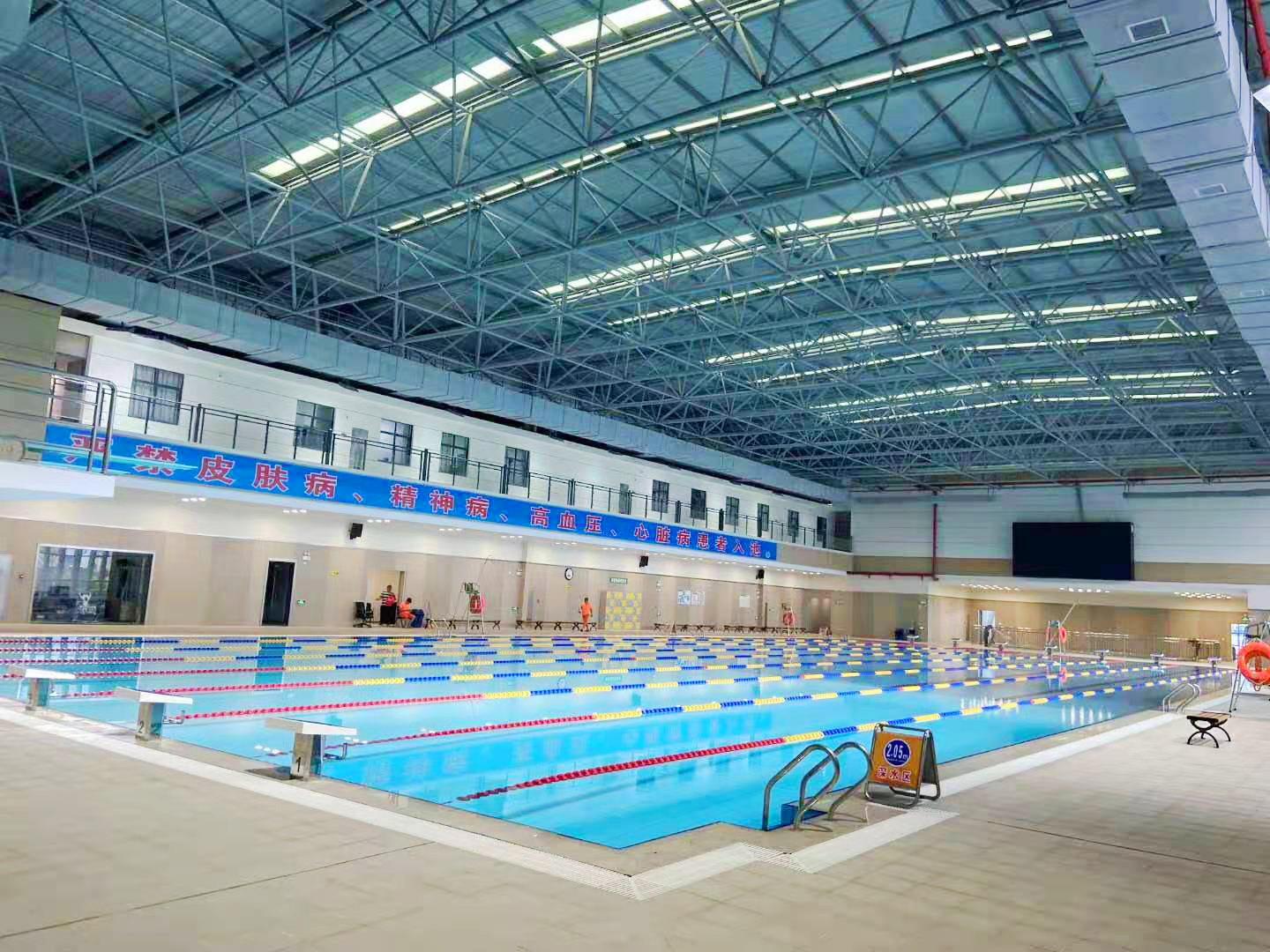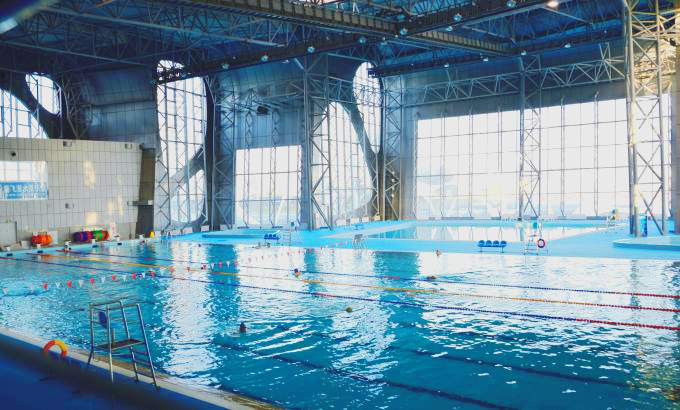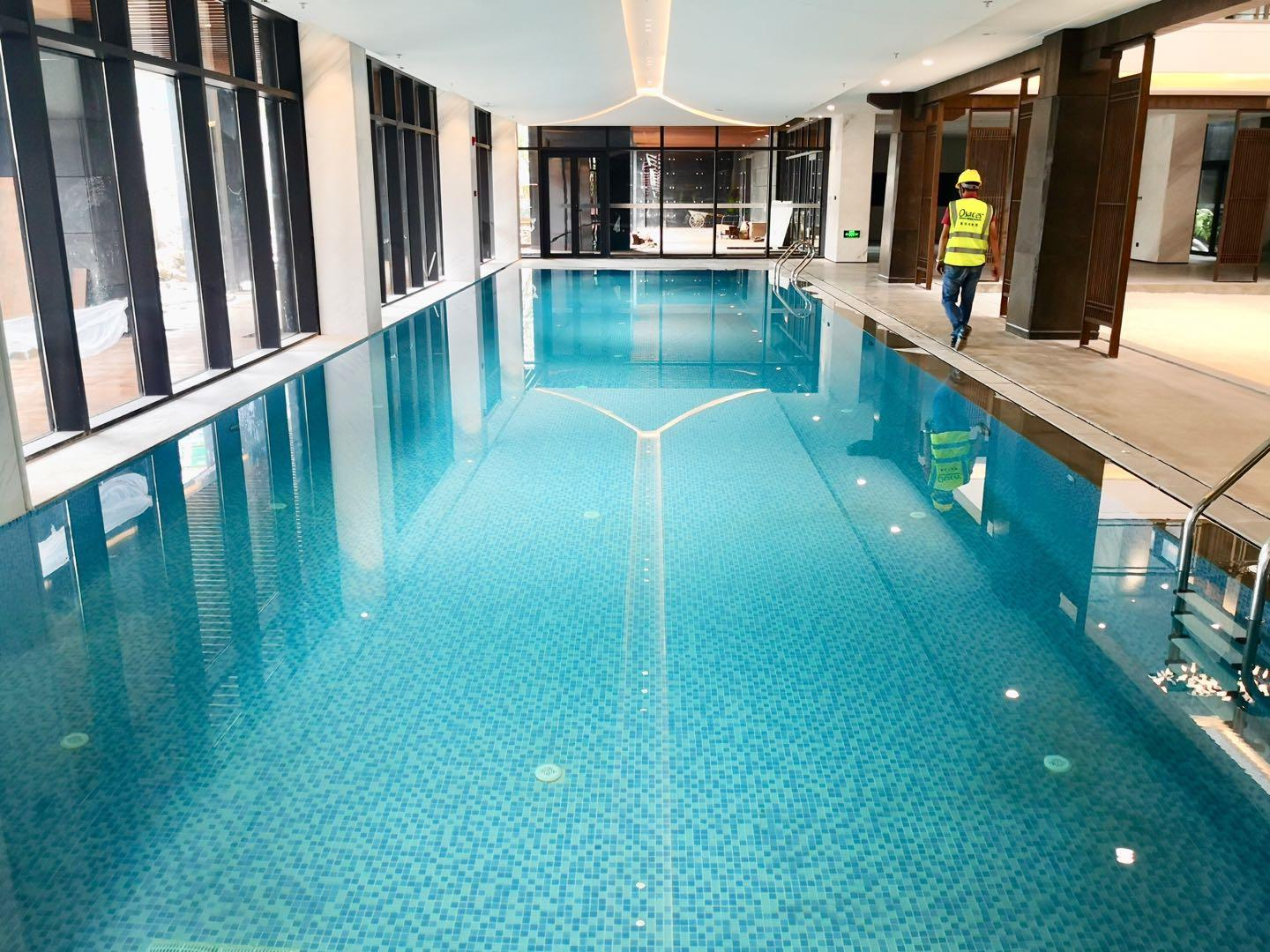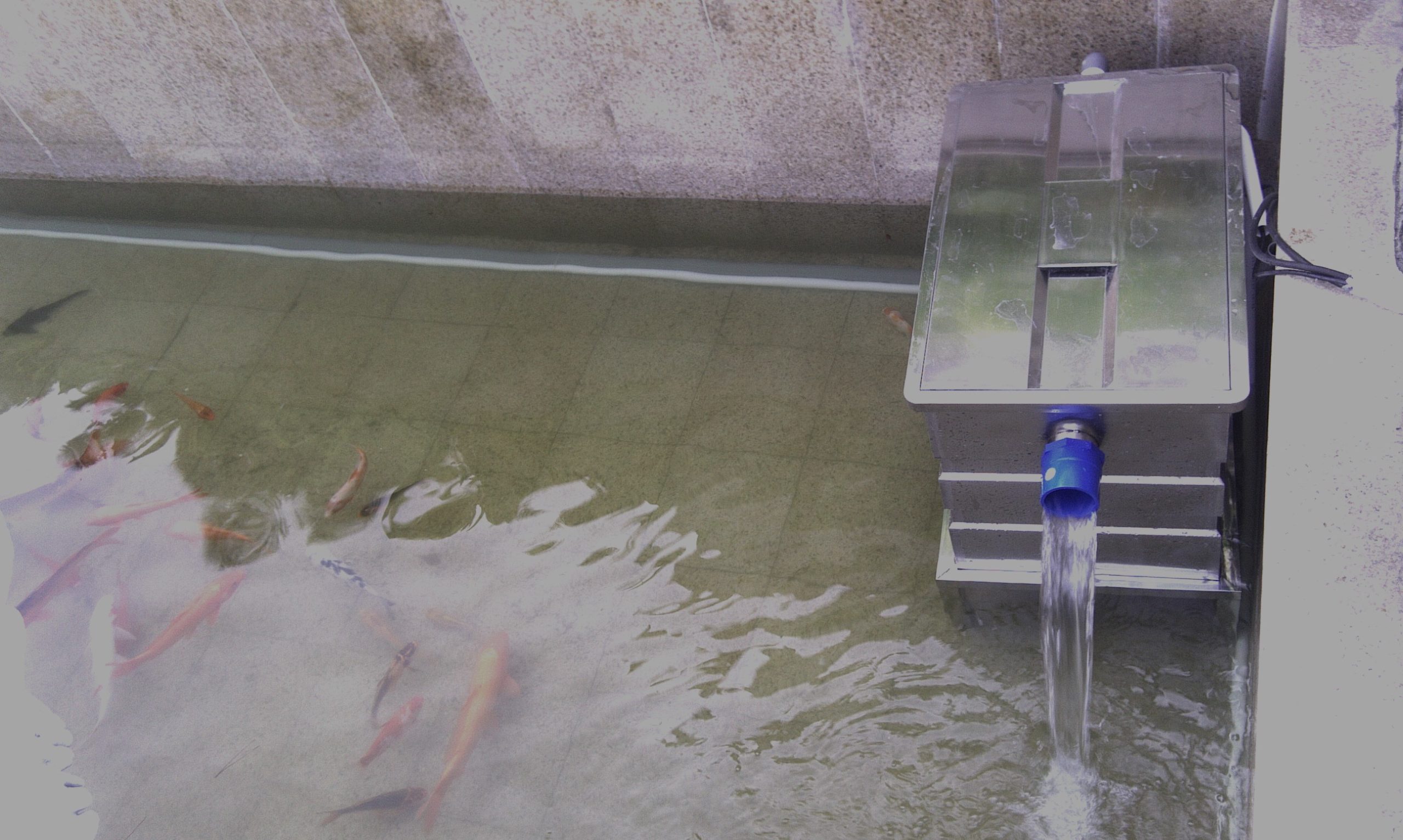common problems
contact details
 Ollies (Guangzhou) Recreation and Sports Equipment Co.
Ollies (Guangzhou) Recreation and Sports Equipment Co.Tel: (020) 82686289
Fax: 020-82694853
Headquarter: No.31-37, Xincun 2 Road, Shangjiang North Street, Dongzhou Village, Xintang Town, Zengcheng City, Guangzhou, Guangdong, China
The Golden Ratio of Swimming Pool Ventilation and Dehumidification Systems: The Balancing Act of Airflow, Humidity and Energy Consumption
In the design and operation and maintenance of indoor swimming pools, the performance of ventilation and dehumidification systems directly affects the comfort, safety and operating costs of the pool environment. How to find the "golden ratio" between airflow, humidity and energy consumption is the core challenge for engineers, designers and operation and maintenance teams. Based on the ASHRAE standard and actual measurement data, this paper analyzes the dynamic balance strategy among the three, providing a scientific basis for swimming pool system optimization.
I. Theoretical Model: Basic Calculation of Air Volume and Humidity
-
ASHRAE airflow calculation framework
According to ASHRAE 62.1, there are two conditions that need to be met for the minimum amount of fresh air for indoor pools:- human respiratory requirements: Calculated at 10 L/s of fresh air per capita (based on maximum occupancy).
- Humidity control requirements: Calculate the amount of dehumidification required by using the evaporation formula, and then invert the ventilation airflow.
Eq. simplifies the expression to:
-
Among them.is the fresh air volume (m³/h).is the number of air changes per hour.is the volume of the pool space (m³).ASHRAE recommends that the number of air changes for indoor pools be controlled at 4-6 times/hour, which needs to be adjusted in conjunction with the humidity load.
-
Thresholds for humidity control: Dew point temperature vs. evaporation
Pool surface evaporation (W) is calculated by the Dalton formula:- : Saturated vapor pressure (kPa) at the water surface, positively correlated with water temperature;
- : Actual vapor pressure of air (kPa);
- : Pool water surface area (m²);
- : Evaporation coefficient (usually taken as 0.1-0.2, influenced by wind speed and intensity of activity).
When the ventilation airflow is insufficientPaElevated, resulting in evaporationWThe humidity will drop, but too much humidity will cause condensation problems; on the other hand, excessive ventilation can reduce humidity, but it will cause heat loss and energy consumption to rise.
Second, dynamic equilibrium: air volume, humidity and energy consumption of the game
-
"The Three Core Principles of the Golden Ratio
- Principle 1: Prioritize humidity--Control air humidity at 50%-60% (dew point temperature ≤14℃) to avoid structural corrosion and mold growth.
- Principle 2: Minimum airflow--Select the minimum number of air changes (e.g., 4/hour) to minimize heat loss while meeting humidity requirements.
- Principle 3: Energy recovery--Compensate for energy loss due to ventilation by recovering latent heat of evaporation through heat pump dehumidifiers.
-
Energy saving optimization path
- Path 1: air volume hierarchical control
Dynamically adjust the airflow according to the intensity of pool use (e.g. opening hours, number of visitors). Example:- Peak hours: 6 air changes/hour enabled;
- Low hours: drop to 4 times/hour in conjunction with a dehumidifier to maintain humidity.
- Path 2: Heat pump system integration
With dehumidifiers with heat recovery (such as the Dantherm CDP series), the heat recovered during dehumidification is used for pool water or air heating, saving energy up to 60%-70%. - Path 3: Intelligent Predictive Control
Through the humidity sensor + AI algorithm to pre-determine changes in evaporation (e.g., sudden weather changes or event bookings), the ventilation and dehumidification modes are adjusted in advance to avoid overloading or redundant operation of the system.
- Path 1: air volume hierarchical control
III. Practical verification: comparison of measured data and cases
An international hotel swimming pool renovation project as an example, the original system uses a fixed 6 times / hour air exchange + traditional dehumidifier, after the renovation upgraded to variable frequency ventilation + heat pump dehumidification linkage system, data comparison is as follows:
norm pre-remodeling after remodeling degree of reduction (in prices, numbers etc) Average annual energy consumption (kWh/m²) 320 180 43.8% Humidity compliance (%) 75% (highly volatile) 95% (stabilized) – Equipment failure rate (times/year) 8 2 75% Key improvement points::
- Frequency-controlled fans adjust airflow according to real-time humidity, reducing ineffective ventilation;
- Heat pump dehumidifiers recover heat for pool water thermostat and reduce boiler load;
- Intelligent control system reduces manual intervention errors.
IV. Design recommendations: 4 steps to realize the "golden ratio"
-
Accurate load calculation
Use specialized software (e.g. Carrier HAP or IESVE) to simulate pool evaporation, ventilation requirements and heat loss to avoid equipment selection errors due to empiricism. -
Selection of highly integrated devices
Prioritize the use of 3-in-1 systems for ventilation, dehumidification, and heat recovery (e.g., Calorex Varipac) to reduce plumbing complexity and space occupation. -
Allow for redundancy in regulation
Adding 10%-15% of regulation margin to the airflow design value to cope with unexpected high load scenarios (e.g. pool parties or tournament events). -
Long-term monitoring and iteration
Installation of IoT sensors to monitor humidity, airflow and energy consumption data, quarterly analysis of the system's energy efficiency ratio (COP), and continuous optimization of operation strategies.
concluding remarks
The essence of the "golden ratio" of swimming pool ventilation and dehumidification system is to find the optimal solution between environmental safety and energy efficiency through scientific modeling and technological innovation. With the advancement of heat pump technology and intelligent control algorithms, this balance will be more refined and dynamic, providing a solid guarantee for the sustainable development of indoor swimming pools.
Related content
- From zero to professional: a complete guide to pool equipment configuration that even a beginner can understand
- The Golden Ratio of Swimming Pool Ventilation and Dehumidification Systems: The Balancing Act of Airflow, Humidity and Energy Consumption
- Specific benefits of dehumidifiers for new swimming pools
- Industrial solutions for fish pond water quality management: How to break through the bottleneck of traditional operation and maintenance of filtration systems?
- Theoretical and empirical study on the design of fish pond filtration system with ultra-volumetric capacity.
- Fish Pond Filter Professional Maintenance Guide
- Reveal the password of the top fish pond filtration: filter media layering golden ratio + anaerobic / aerobic area with strategy
- Fish Pond Cleaning|Physical + biochemical filtration double maintenance, 30 minutes to restore the ecological balance of water quality!
